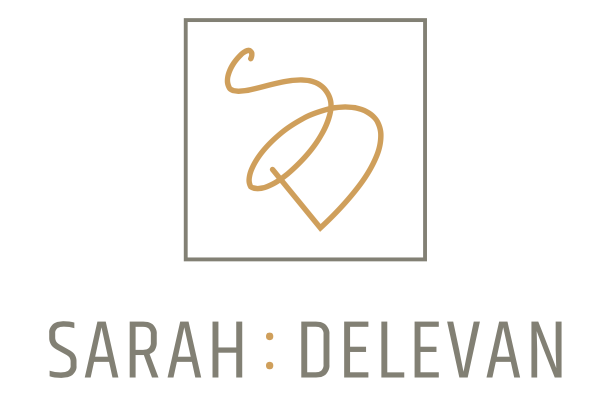Profit First is a Cash flow Management System that supports prioritizing Financial Sustainability and getting business owners paid.
It is a tool for helping you implement a financial strategy that will lead to financial sustainability and profitability. I am a proponent of the strategy because it has proven to be a valuable extension to the work that I do with my clients and program members, BUT Profit First will NOT make you financially sustainable and operating as a cash-based business overnight.
What Profit First CAN Do is:
1.Help with the implementation of your financial strategy
Have you ever created a budget, a financial model or plan, and after a few weeks or months the whole thing is out the window because you didn’t stick to it? It’s totally normal and co common because it’s human nature! Many of us, me included, need some guidelines on spending to stick with the plan. Profit First is a strategy that can provide that for us.
2. Normalize Cash Flow
Rather than peaks and valleys in your cash accounts, rather then getting caught in the “debt cycle” where you pay off a bunch of debt with the cash on hand, only to run short on cash a few weeks or months later REQUIRING you to rely on Credit again, the Profit First cash flow strategy helps bring consistency.
3. Enable you to understand HOW and WHERE you are spending money in your business
Separating your cash into different accounts allows you to easily identify where you spend the most money, and if you have a tendency to 'overspend' or make purchases without thinking about the overall budget and ROI, or if you’ve been hanging on to money that could be reinvested into your business to help it grow.
a group coaching program member recently shared with me…
“I want to thank you for implementing Profit First in your coaching - it has really given me the confidence to buy materials and ingredients to prep for the holiday season! And your tools have been so helpful for assessing our new wholesale prices.”
Join us in the Profitable Food Business Community where we're talking Shipping Offers, Product Bundles + Discount Strategies for a Profitable Holiday Season!
If you haven't yet, complete your Profit Assessment to get a clear understanding of your numbers and make informed financial decisions as we head into the holidays. Learn more here.
About the Author: Sarah Delevan is a Food Business Financial Coach and Consultant with over 8 years of working in the food industry. She received her MBA from Rollins College and In 2017 she founded Sarah Delevan Consulting based in Los Angeles, CA and serving clients across the United States. She is the creator of the Financial Success Formula and the founder of the Profitable Food Business program as well as the host of The Good Food CFO Podcast. To learn more about Sarah and opportunities to grow a more profitable food business Click Here.




















